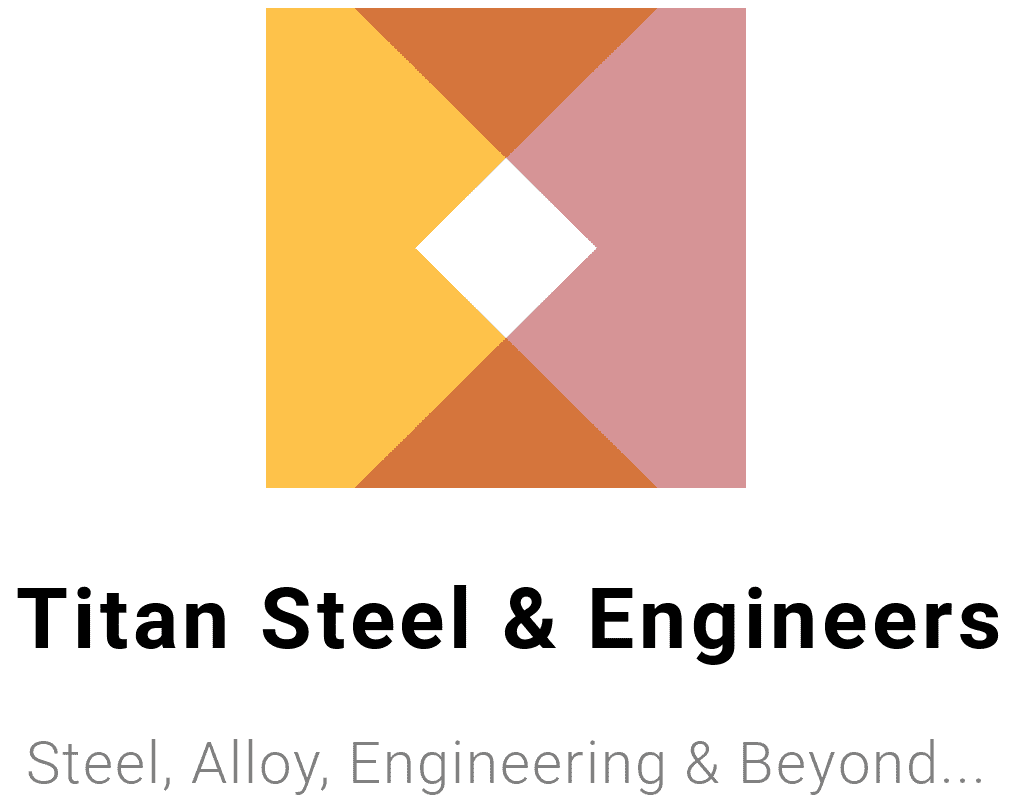Understanding Carbon Steel Composition and its Applications
Modern engineering and manufacturing would not be the same without carbon steel. With its versatility, strength, and durability, carbon steel has cemented its place as a foundational material in countless industries. But what exactly is carbon steel, and why is it so essential? This blog will break down its composition, types, properties, applications, and even its pros and cons. By the end, you’ll have a clearer understanding of this remarkable material and insight into its future in engineering and manufacturing.
What is Carbon Steel?
Carbon steel is one of the most commonly used materials in construction and manufacturing today. It is an alloy primarily composed of iron and carbon, with small amounts of other elements present depending on its specific application.
What sets carbon steel apart is its versatility. From skyscrapers to automotive parts to pipelines, carbon steel is everywhere thanks to its excellent strength, affordability, and adaptability. This makes it particularly crucial for engineers, metallurgists, and manufacturing professionals seeking durable and cost-effective materials.
Composition of Carbon Steel
At its core, carbon steel is composed of two key elements:
- Iron (Fe): The base element that forms the majority of the alloy.
- Carbon (C): The defining element of carbon steel, typically ranging from 0.05% to 2.0% by weight.
Additionally, small quantities of other elements may be included:
- Manganese (Mn): Added for toughness and hardenability.
- Silicon (Si): Improves strength.
- Sulfur (S) and Phosphorus (P): Present as impurities that can impact ductility and toughness.
The percentage of carbon greatly influences the material’s properties, making its composition critical to its functionality.
Types of Carbon Steel
Carbon steel can be classified into four main categories based on its carbon content:
1. Low Carbon Steel (Mild Steel):
- Carbon content: 0.05% to 0.25%.
- Properties: Ductile, malleable, and easy to machine or weld. However, it has lower strength compared to high-carbon steel.
- Use cases: Automotive panels, structural beams, and pipelines.
2. Medium Carbon Steel:
- Carbon content: 0.25% to 0.60%.
- Properties: Greater strength and hardness compared to low carbon steel but less ductile.
- Use cases: Machine parts, gears, and crankshafts.
3. High Carbon Steel:
- Carbon content: 0.60% to 1.0%.
- Properties: Maximum strength and hardness but less ductile and challenging to weld.
- Use cases: Cutting tools, springs, and high-strength wires.
4. Ultra-High Carbon Steel:
- Carbon content: 1.0% to 2.0%.
- Properties: Extremely hard and brittle, typically used in specialized applications.
- Use cases: Knives, dies, and industrial-grade cutting tools.
Each type is tailored for specific uses, making carbon steel an incredibly versatile material.
Properties of Carbon Steel
Carbon steel’s properties vary depending on its composition and carbon content but share a few common traits:
Mechanical Properties:
- Strength: Offers excellent tensile and compressive strength, especially when alloyed or heat-treated.
- Hardness: Higher carbon levels increase hardness, ideal for heavy-duty applications.
- Wear Resistance: High carbon content also improves durability under abrasive conditions.
Physical Properties:
- Density: About 7.85 g/cm³.
- Melting Point: Ranges between 1425°C to 1540°C; slightly varies with composition.
Thermal and Magnetic Properties:
- Conductivity: Decent thermal conductivity, widely utilized in heat exchangers.
- Magnetism: Exhibits magnetic properties due to its iron content, crucial for electrical applications.
Weldability and Machinability:
Low-carbon steel is highly weldable, while higher carbon grades often require specialized welding equipment and techniques.
Applications of Carbon Steel
Carbon steel’s diverse properties make it an essential material for many industrial applications:
Construction:
Used for structural elements, frames, and reinforcements due to its high strength and adaptability.
Automotive and Transportation:
Essential for manufacturing car bodies, chassis, gears, and railways.
Manufacturing Tools:
From cutting tools to molds, carbon steel’s strength and hardness are unmatched.
Energy and Pipelines:
Commonly found in oil and gas pipelines and power generation.
Household and Consumer Products:
Used in cookware, knives, and hand tools for its wear resistance and durability.
Industrial Equipment:
Vital in manufacturing heavy machinery parts and cables for industrial use.
Advantages and Disadvantages of Carbon Steel
While carbon steel is incredibly versatile and widely used, it’s not without its drawbacks. Here’s a detailed breakdown:
Advantages:
- Cost-Effective: Carbon steel is more affordable than many other alloys.
- High Strength-to-Weight Ratio: Ideal for load-bearing and structural applications.
- Durability: Withstands wear and tear effectively when alloyed or treated.
- Versatility: Broad range of carbon steel types covers various requirements.
Disadvantages:
- Corrosion Susceptibility: Highly prone to rusting without protective coatings.
- Brittleness with High Carbon Content: Higher carbon steel types are less ductile and more brittle.
- Welding Challenges: Requires more careful welding techniques, especially with high carbon grades.
Despite these challenges, proper treatment and alloying techniques often outweigh these disadvantages.
What’s Next? Future Trends in Carbon Steel
With growing innovations in manufacturing and materials science, carbon steel is entering an era of even greater transformation. Here are some trends to watch:
- Advanced Alloy Development: Creating carbon steel composites with enhanced corrosion resistance and strength.
- Sustainability in Production: Increasing the use of recycled steel and reducing the environmental impact of manufacturing.
- Smart Coatings: Developing advanced coatings to improve corrosion resistance without impacting welding or machinability.
Carbon steel will remain a cornerstone in modern industries, and its continual improvement ensures its relevance for decades to come.

